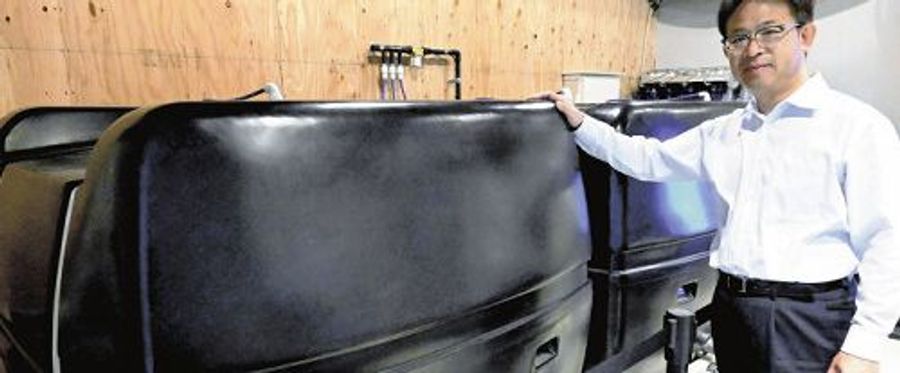Instant uproar has swept across Japanese social media platforms as novelty ramen made with rainwater becomes the latest culinary trend. The noodle dish, which typically relies on a rich and highly specialized broth, has been adapted by some innovators to incorporate collected rainwater, leading to an unexpected burst of flavors. Not only has this new variety been praised for its unique taste, but it has also been celebrated as a sustainable twist on a beloved classic.
In the past, rainwater has been used in Japanese cooking but its application in making ramen is relatively new. Given Japan's profound connection to food, rich culinary culture, and commitment to sustainability, this innovative use of rainwater strikes a chord both in terms of flavor and as a significant conservation method. This development marries tradition to modern environmental concerns, shedding a new and exciting light on sustainable practices in the culinary world.
Unlike Japan, use of rainwater in cooking is not common in the US or EU, mainly due to pollution concerns and regulations that limit rainwater use. This story showcases cultural differences in perception and usage of natural resources in cooking methods, with Japan's tradition of valuing and utilizing nature enjoying a fusion with contemporary dining experiences.

